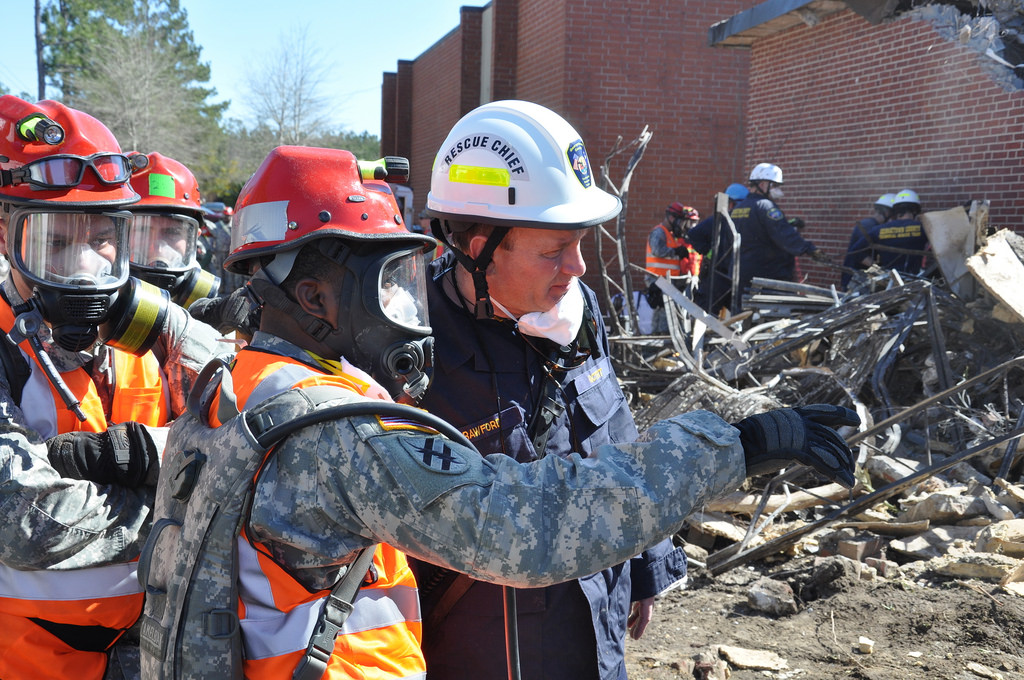This post is also available in:
 עברית (Hebrew)
עברית (Hebrew)
The information the responder needs to fulfill the mission is immeasurable. When you also consider the volume of data they receive from other responders, dispatch, command centers, victims, etc. The responders have to synthesize a large amount of life-saving information in a short amount of time. This can lead to information overload.
The Department of Homeland Security (DHS) Science and Technology Directorate (S&T)’s Next Generation First Responder Apex program (NGFR) partnered with the NASA Jet Propulsion Laboratory (JPL) to address this capability gap and develop the Assistant for Understanding Data through Reasoning, Extraction, and Synthesis (AUDREY). AUDREY is a state-of-the-art human-like reasoning system designed to assist first responders in synthesizing high-level data while at the scene of an emergency. DHS S&T began the AUDREY software pilot at the Multi Agency Communications Center (MACC) in Grant County, Washington, in the fall of 2017 and will pilot AUDREY at the Hastings-Quinte Paramedic Services in Ontario, Canada in early 2019.
Similar to the voice-activated device on a smartphone or the voice-controlled intelligent personal assistant available to the public, AUDREY is personalized to the individual responder and has the capability to recognize first responder specialized language. However, unlike the artificial general intelligence systems available to the general public, AUDREY uses bio-inspired neural symbolic processing for cognitive reasoning. AUDREY leverages human intelligence and collects data to achieve better machine intelligence and provides insight that first responders may not have in the crucial moments of an emergency.
AUDREY learns, analyzes, reasons, predicts, collaborates, and provides data fusion to provide direction for first responders on the scene, say the researchers. However, it could never replace human intuition. It is therefore designed to complement human agents and not to replace them, according to dhs.gov.


























